
Memorable milestones
On February 25, 1957, Hai Duong Town Radio Station was established, initiating the birth and development of radio, broadcasting, and television in Hai Duong.
Initially, the districts established a radio department (under the Department of Culture and Information), then a Radio Station, a Radio Station, and then changed it to a Radio Station.
From January 1, 2025, district-level radio stations will merge with the Center for Culture, Information, and Sports to form the Center for Culture, Sports, and Communications. Despite the merger, the functions and propaganda tasks of district-level radio stations remain the same as before.
From July 1, the whole country will officially abolish the district level, switching to a two-level local government model: province and commune . This is also the milestone marking the completion of the district-level radio system's historic mission.
Mission Accomplished
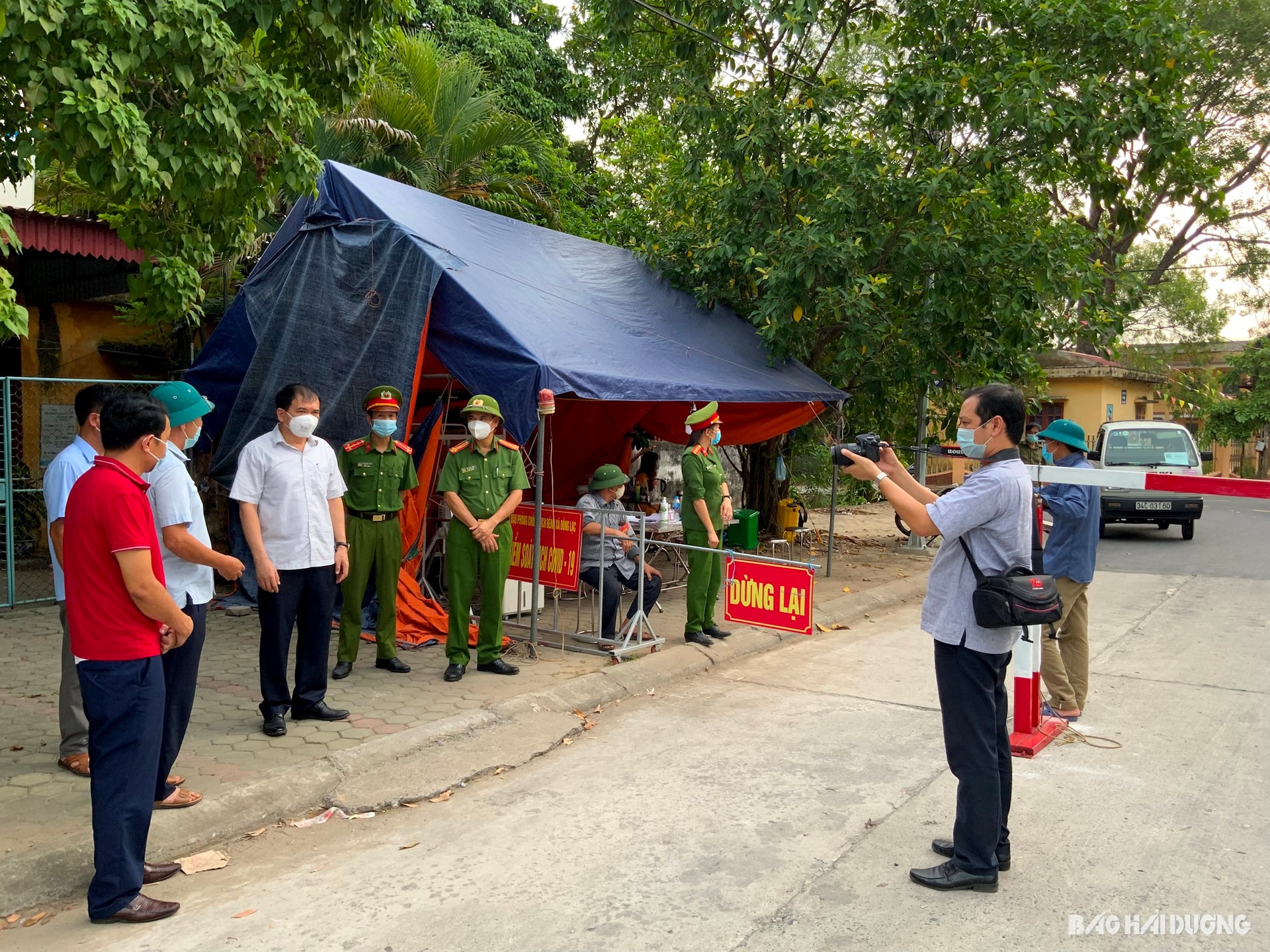
Throughout the long journey, district-level radio stations have closely followed historical periods, reflecting many important political events of the country and locality.
Mr. Nguyen Dinh Tuyen (85 years old) in Dong Quang commune (Gia Loc) was once the Deputy Head of the District Information and Broadcasting Department, in charge of Gia Loc District Radio Station in 1975. At noon on April 30, 1975, while on duty to relay the Voice of Vietnam radio on Gia Loc District Radio Station system, he heard on his own station's loudspeaker system: "At 11:30, after the fall of the Independence Palace, puppet President Duong Van Minh announced unconditional surrender...". He carried out propaganda programs revolving around this important historical event.
In a peaceful country, district radio reporters must overcome all difficulties to promote local political, economic and social events. Ms. Nguyen Thi Kha, Head of the Department of Culture, Science and Information of Kinh Mon town, recalls that in 1997, when she first started working at Kinh Mon District Radio Station, she went to the base by bicycle, the dirt and rocky roads were difficult to travel, and had to record with cassette tapes. "I used to take on many tasks from writing news and articles to being an announcer and technician...", Ms. Kha said.
In the current digital age of information explosion, district-level radio stations are constantly innovating. Many district stations have invested in modern cameras, recording devices, and specialized computers. A district-level radio reporter can do many things, from writing news articles, filming and editing videos, to recording radio programs, posting news articles on social networks, and actively collaborating with central and provincial newspapers and radio stations. Many reporters also use editing software, artificial intelligence (AI) applications, etc.
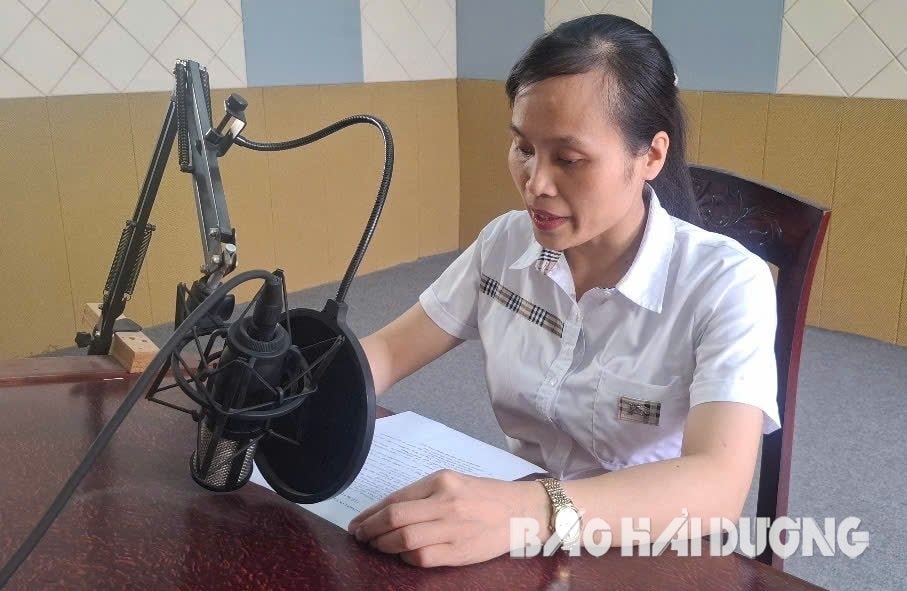
Currently, on average, a district-level radio station produces and broadcasts 4-5 news programs per week, each lasting 30 minutes; maintains full rebroadcasting of programs from the Central and provincial radio stations according to prescribed time frames.
Mr. Nguyen Van Nhat, Deputy Director of the Department of Culture, Sports and Tourism, assessed that in recent times, the district-level radio system has performed well its role as a bridge between the Party Committee, the government and the people; propagating and disseminating the Party's guidelines and policies, the State's laws; grasping and reflecting the people's thoughts and aspirations; contributing to the socio-economic development and ensuring local security and order. The district-level radio system has brought high efficiency in propagating the implementation of political tasks at the grassroots level, which recently has been the revolution of streamlining the apparatus...
Turn to a new page
Recently, the People's Committee of Hai Duong province issued a plan to arrange public service units under the People's Committees of districts, towns, cities and service units under departments located in district-level areas when organizing a two-level local government.
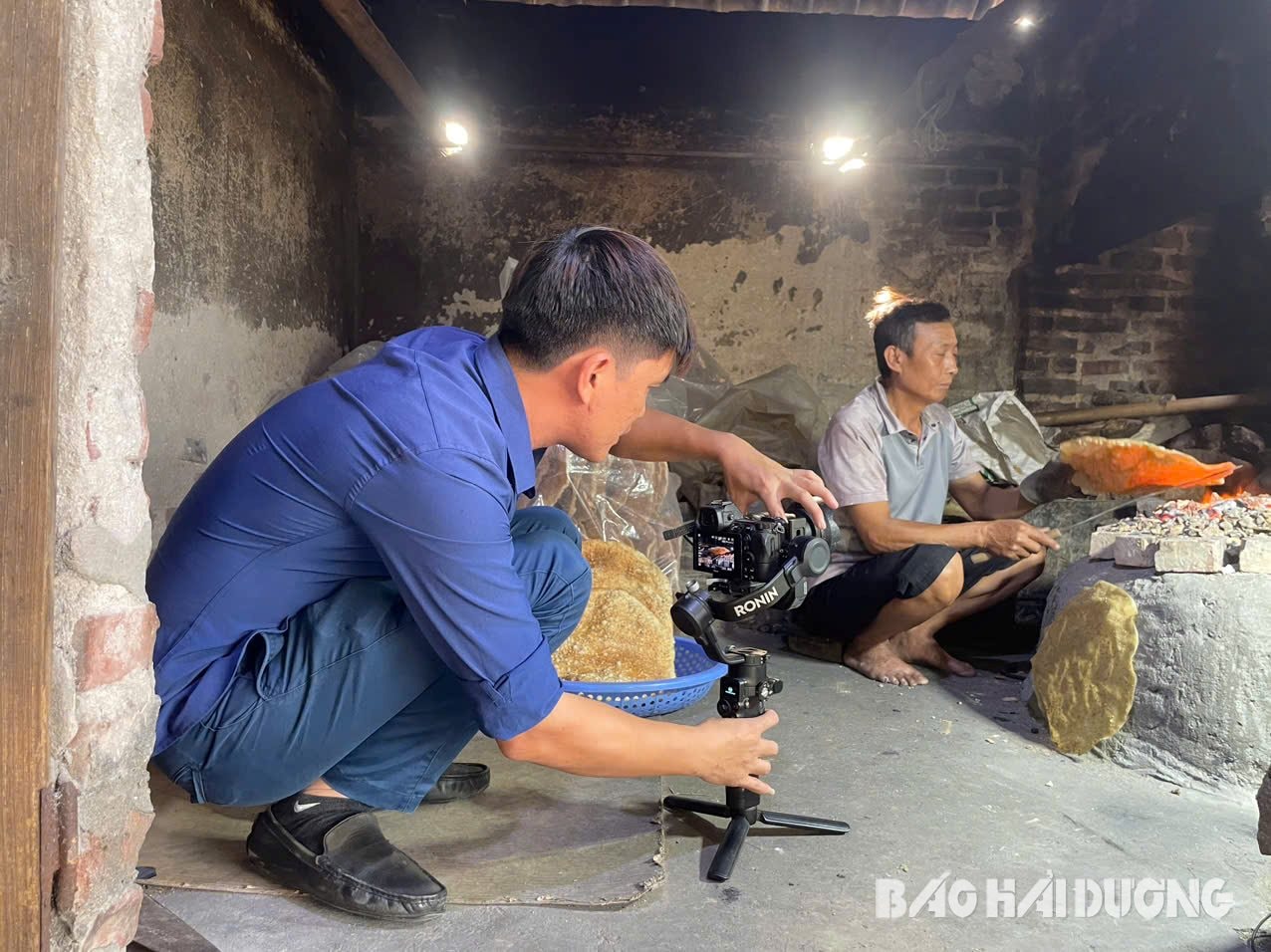
Establish 12 inter-commune and ward (regional) Cultural and Sports Centers in communes and wards that currently have Cultural, Sports and Communication Centers, Children's Houses, etc. at the district level to continue managing existing cultural institutions, facilities, and equipment, and establish 52 Cultural and Sports Centers in the remaining commune-level administrative units to ensure compliance with reality.
In the coming time, the task of information and propaganda at the grassroots level will still be undertaken by the Cultural and Sports Center, the core personnel will be the officers and employees of the former district-level station. The officers and employees of the former district-level station will still be able to work, just on a different scale.
In the coming time, many new requirements will be placed on the work of providing basic information, including the commune and inter-commune radio systems. The rapid development of technology requires strong innovation in the content and form of information provision, shifting from traditional methods to multi-platform, multimedia, applying achievements of science, technology and digital transformation. The team of information workers at commune and inter-commune radio stations also needs to improve their capacity and qualifications to meet new requirements.
LE HUONGSource: https://baohaiduong.vn/mot-thoi-dai-cap-huyen-413855.html





![[Photo] Lam Dong: Panoramic view of Lien Khuong waterfall rolling like never before](/_next/image?url=https%3A%2F%2Fvphoto.vietnam.vn%2Fthumb%2F1200x675%2Fvietnam%2Fresource%2FIMAGE%2F2025%2F11%2F20%2F1763633331783_lk7-jpg.webp&w=3840&q=75)
![[Photo] President Luong Cuong receives President of the Senate of the Czech Republic Milos Vystrcil](/_next/image?url=https%3A%2F%2Fvphoto.vietnam.vn%2Fthumb%2F1200x675%2Fvietnam%2Fresource%2FIMAGE%2F2025%2F11%2F20%2F1763629737266_ndo_br_1-jpg.webp&w=3840&q=75)
![[Photo] National Assembly Chairman Tran Thanh Man holds talks with South Korean National Assembly Chairman Woo Won Shik](/_next/image?url=https%3A%2F%2Fvphoto.vietnam.vn%2Fthumb%2F1200x675%2Fvietnam%2Fresource%2FIMAGE%2F2025%2F11%2F20%2F1763629724919_hq-5175-jpg.webp&w=3840&q=75)
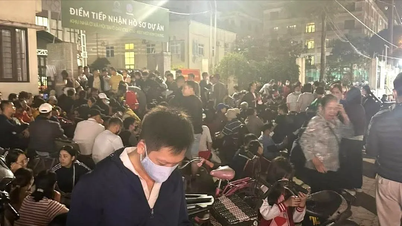














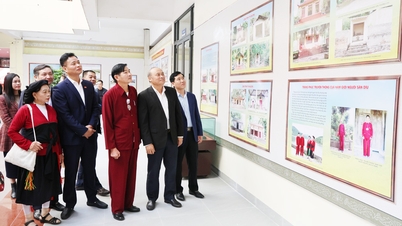








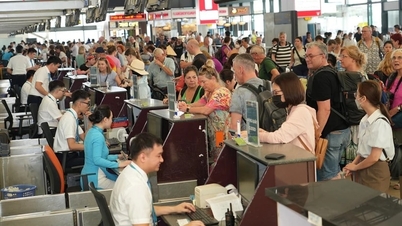




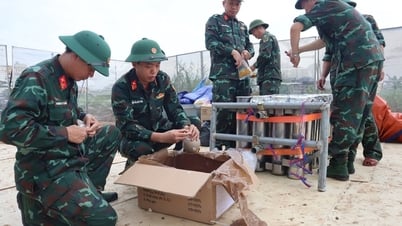


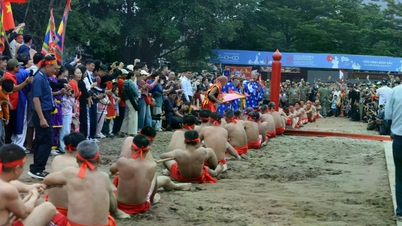



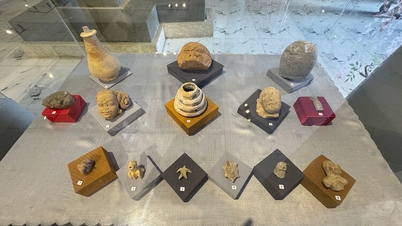











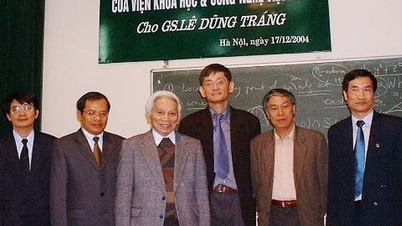








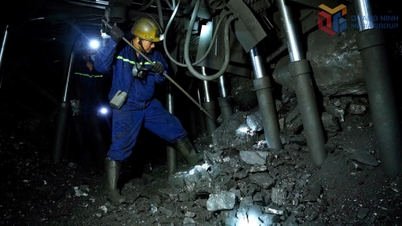



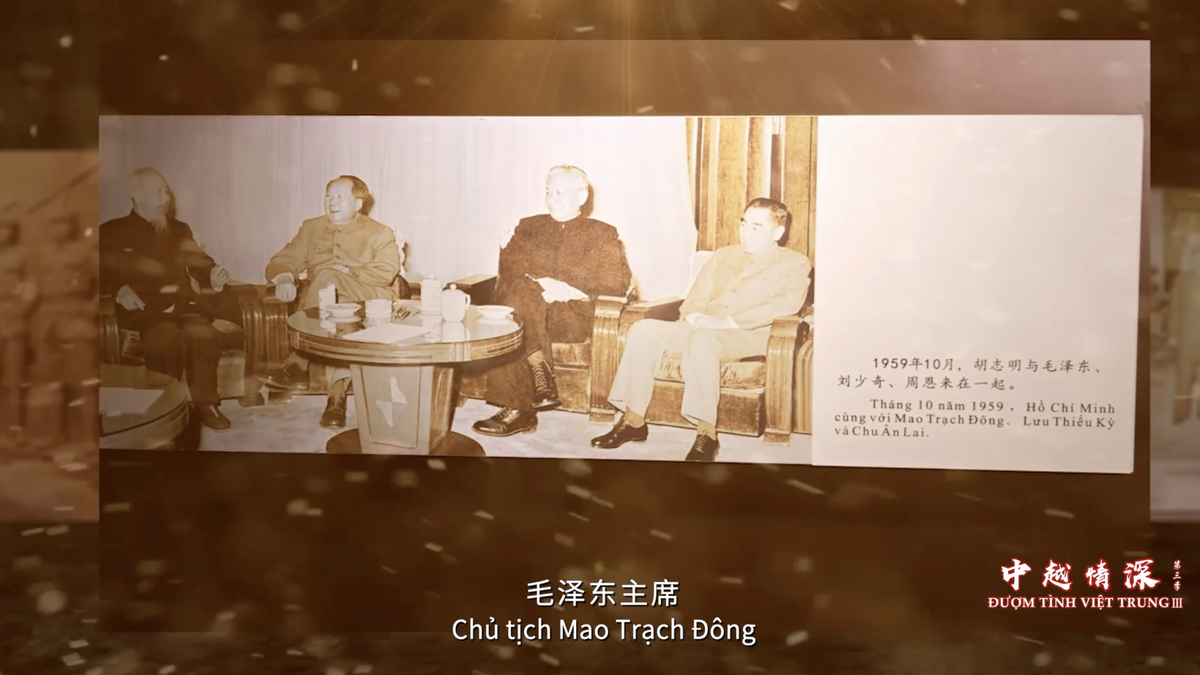






















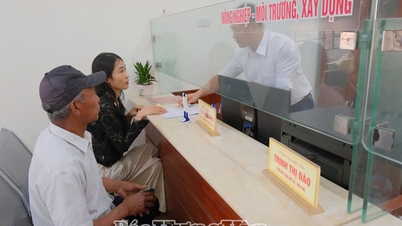





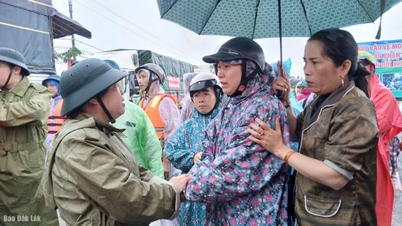















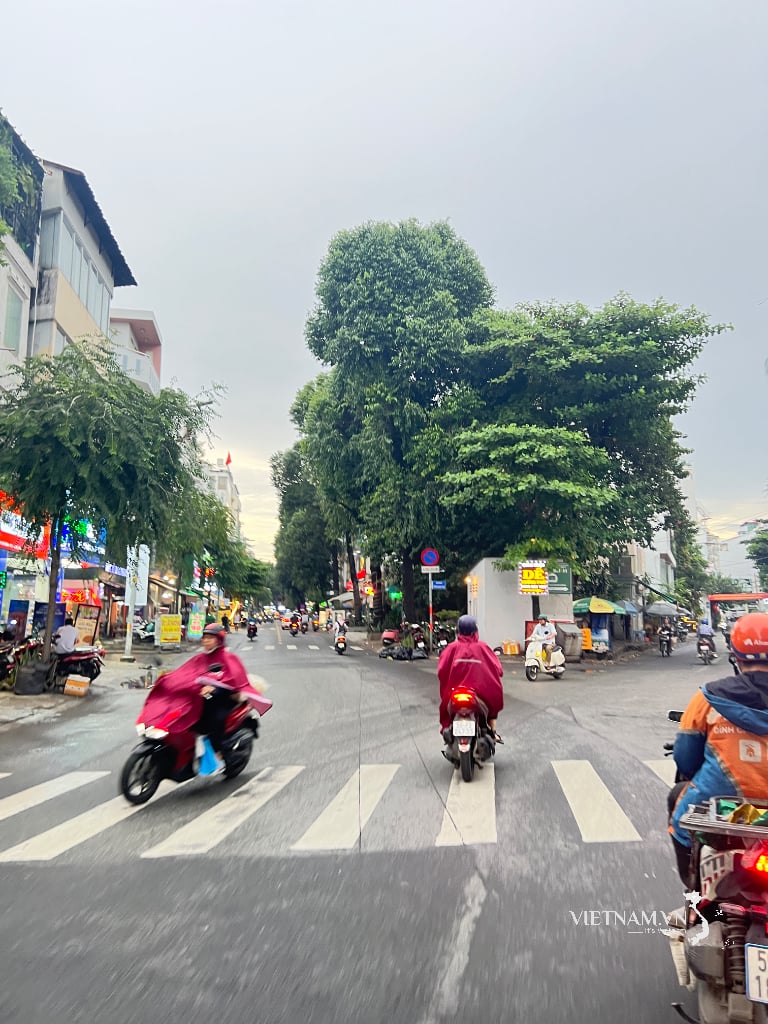
Comment (0)